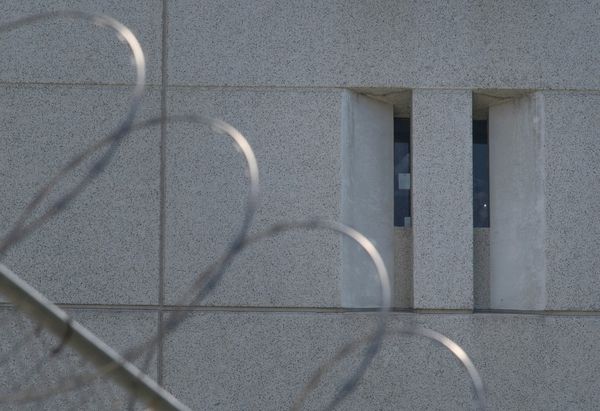
Nearly 100 years after its extinction, thylacines may live once again – thanks at least in part to some help from the celebrity Hemsworth brothers.
A University of Melbourne research lab has announced accelerated efforts in the de-extinction of Australia’s only marsupial apex predator, with a partnership with US genetic engineering company Colossal Biosciences after a ‘‘giant leap’’ forward in an ambitious project to resurrect the Tasmanian tiger.
Hollywood stars Chris and Liam Hemsworth have thrown their money behind the project, which began earlier this year with a $5 million philanthrophic donation.
It’s not the first time the famous family has donated to a worthwhile cause.
Chris Hemsworth is well known for his philanthropy – becoming a real-life superhero for numerous charities such as the Armajun Aboriginal Health Service, as well as donating $1 million towards bushfire relief in 2020.
‘‘Our family remains dedicated to supporting conservationist efforts around the world, and protecting Australia’s biodiversity is a high priority,’’ the Thor star said in a statement.
‘‘The Tassie tiger’s extinction had a devastating effect on our ecosystem and we are thrilled to support the revolutionary conservation efforts that are being made by Dr Pask and the entire Colossal team.’’
The Melbourne research lab is looking to tailor reproductive technologies such as IVF to Australian marsupials, while Colossal will use its gene-editing technology to reproduce thylacine DNA.
The scientists believe the breakthrough could lead to the first living baby thylacine within 10 years – decades after the last of the known carnivorous marsupials died in captivity in 1936.
Research lab lead professor Andrew Pask said the project could ‘‘now take the giant leaps to conserve Australia’s threatened marsupials and take on the grand challenge of de-extincting animals we had lost’’.
“The question everyone asks is ‘How long until we see a living thylacine’ – and I’ve previously believed in 10 years’ time we would have an edited cell that we could then consider progressing into making into an animal,” he said in a statement.
“With this partnership, I now believe that in 10 years’ time we could have our first living baby thylacine since they were hunted to extinction close to a century ago.”
Thylacines, or Tasmanian tigers, were dog-like carnivorous marsupials with stripes across their back. They once lived across the continent but were restricted to Tasmania roughly 3000 years ago.
The animal was officially declared extinct in the 1980s.
However, Professor Pask said the Melbourne research lab’s partnership would unlock access to CRISPR DNA editing technology and a consortium of scientists and resources for the thylacine de-extinction effort.
“A lot of the challenges with our efforts can be overcome by an army of scientists working on the same problems simultaneously, conducting and collaborating on the many experiments to accelerate discoveries,’’ Professor Pask said.
‘‘With this partnership, we will now have the army we need to make this happen.’’
He said the project would concentrate on establishing reproductive technologies tailored to Australian marsupials, such as IVF and gestation without a surrogate.
At the same time, Colossal will use its CRISPR gene editing and computational biology capabilities to reproduce thylacine DNA.
According to the University of Melbourne, Colossal Biosciences uses breakthrough gene-editing technologies to advance wildlife and ecosystem conservation.
The company is also working towards the de-extinction of the woolly mammoth.







